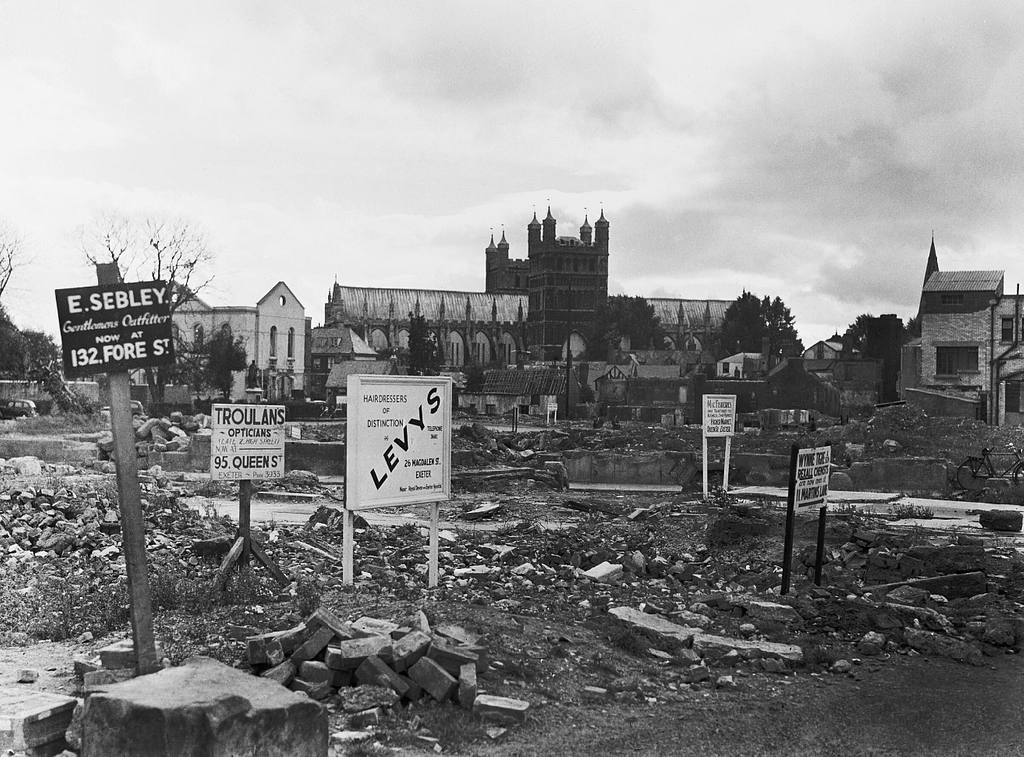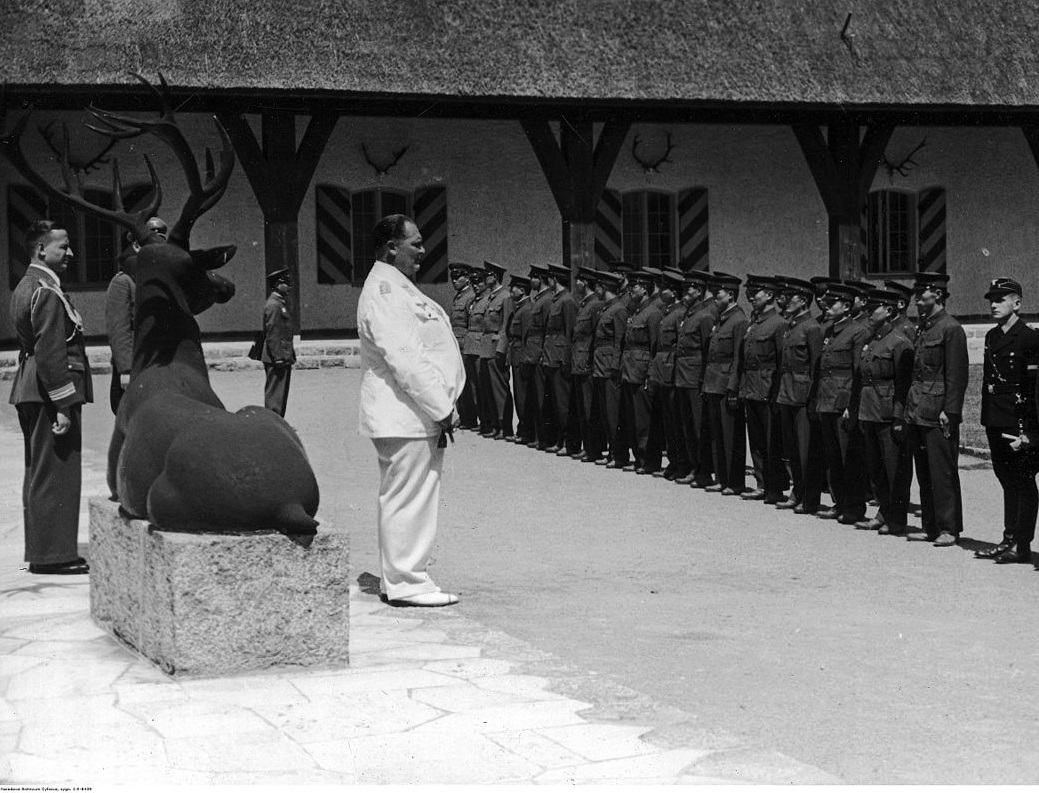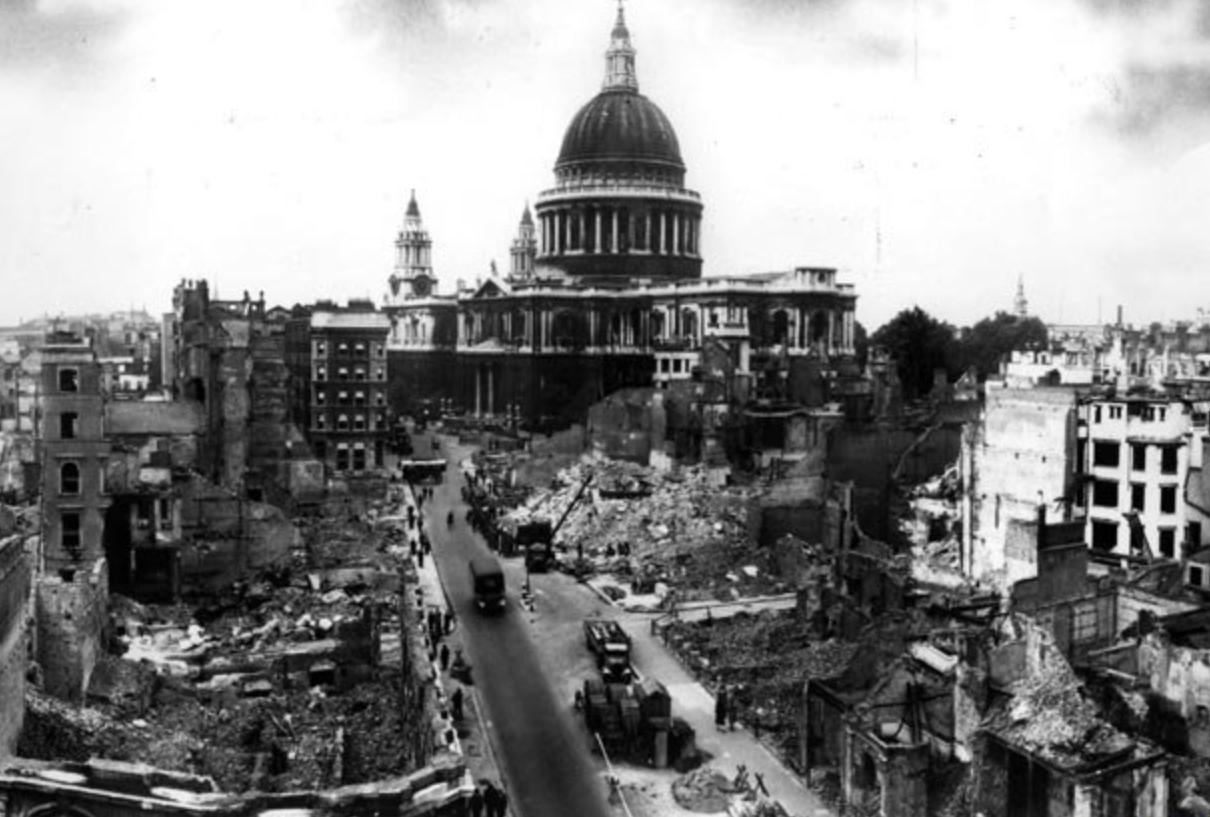A City Under Siege
From September 1940 to May 1941, the United Kingdom endured relentless air raids that defined an era of endurance. The Blitz, a sustained aerial assault, saw cities across Britain charged night after night in an attempt to break the country’s spirit.
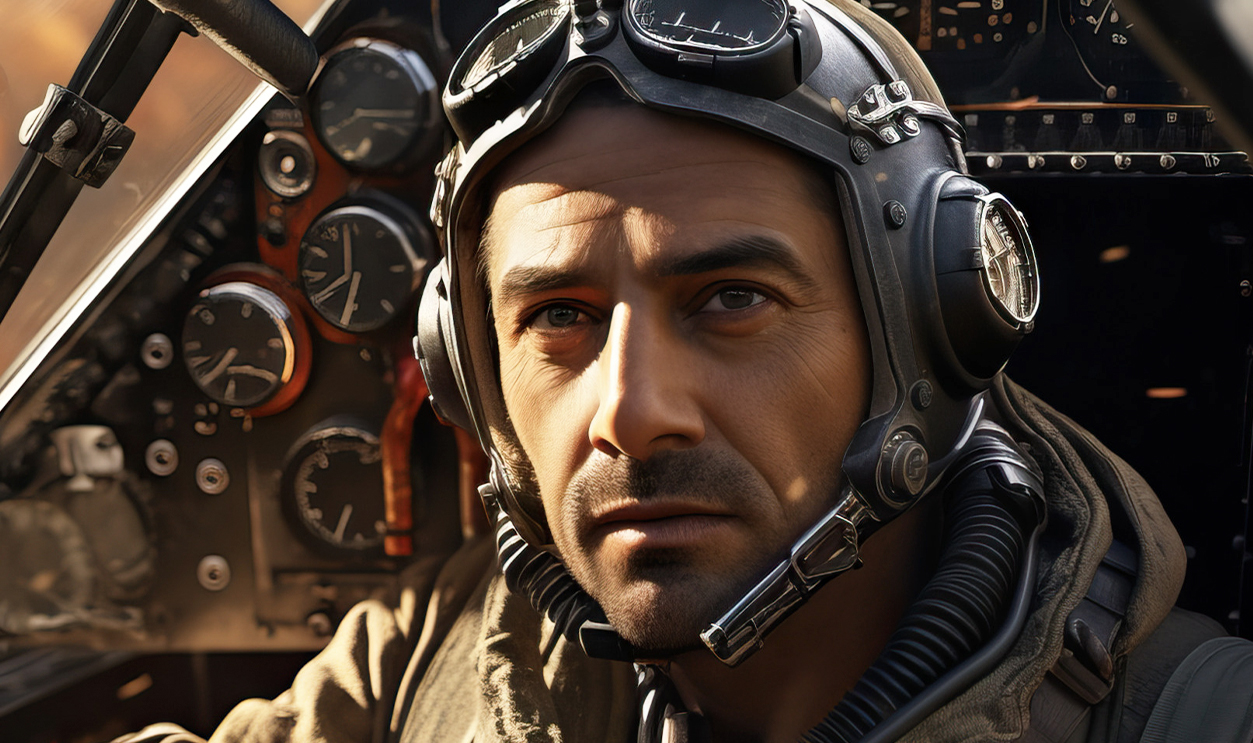
The Start Of The Blitz
The campaign officially began on September 7, 1940, with a massive battle on London’s East End. Over 350 aircraft, supported by fighter escorts, charged the city in broad daylight, signaling a new phase of the battle.
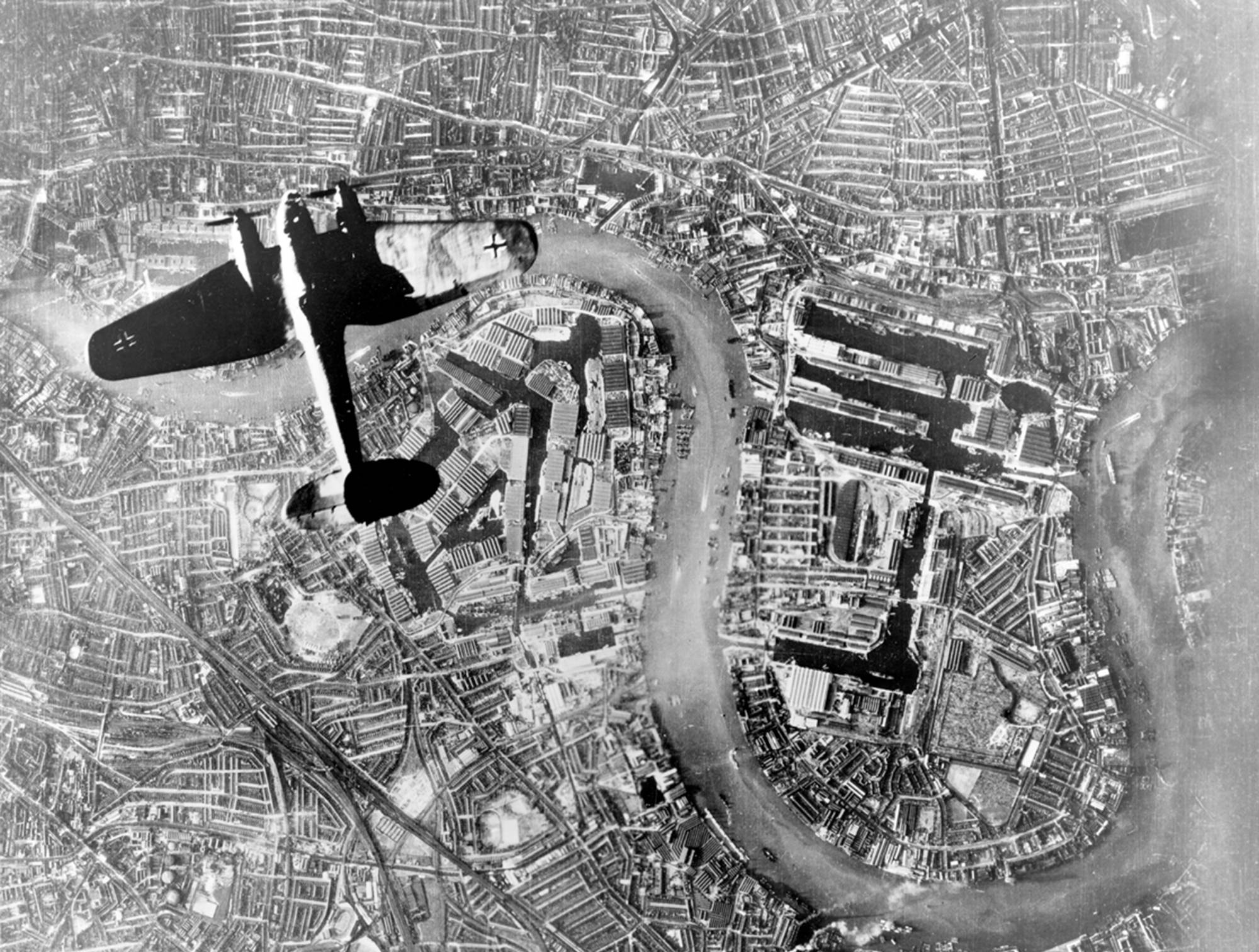 German Air Force photographer, Wikimedia Commons
German Air Force photographer, Wikimedia Commons
A Strategic Shift
After failing to achieve air superiority in the Battle of Britain, the Luftwaffe altered its approach. Instead of targeting the armed forces, Germany turned to widespread battles on British cities, hoping to weaken the country’s battle production and morale.
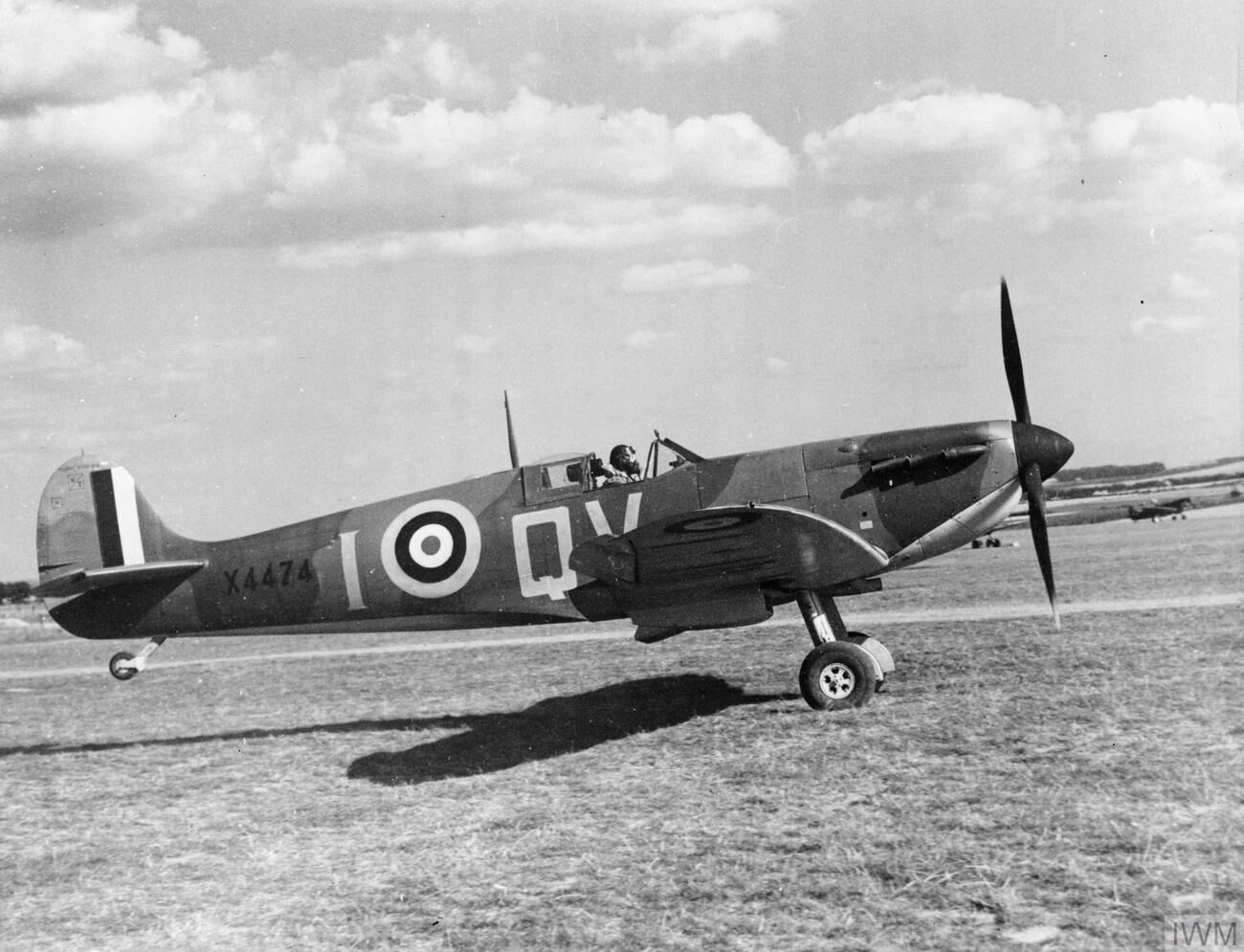 Stanley Arthur Devon, Wikimedia Commons
Stanley Arthur Devon, Wikimedia Commons
The Devastation Of London
London became the primary target, suffering 57 consecutive days of battles. More than a million homes were damaged or destroyed, leaving thousands of families homeless.
A Nation In Conflict
Though London was hit hardest, other cities, including Birmingham, Manchester, and Glasgow, also faced devastating battles. These unfortunate events aimed to cripple industrial centers and disrupt production across Britain.
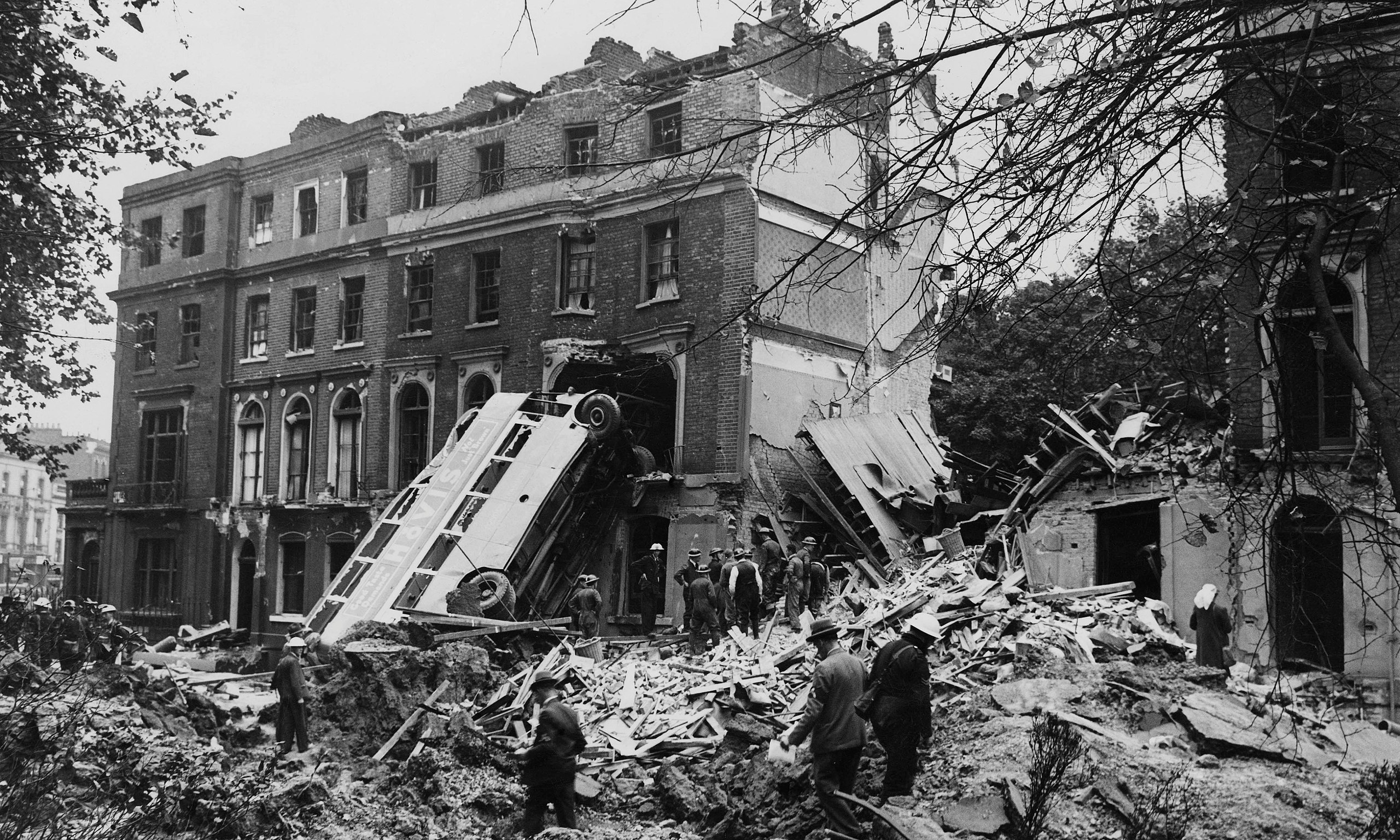 H. F. Davis, Wikimedia Commons
H. F. Davis, Wikimedia Commons
The Role Of The Luftwaffe
Germany’s air force, under the command of Hermann Göring, was responsible for executing the battles. They deployed a combination of aircraft to maximize destruction while minimizing their own losses.
The RAF’s Struggle
The Royal Air Force (RAF) worked tirelessly to defend Britain’s skies, but its fighters were less effective at night. Radar technology and anti-aircraft defenses were still developing, making it difficult to intercept incoming German aircraft in the dark.
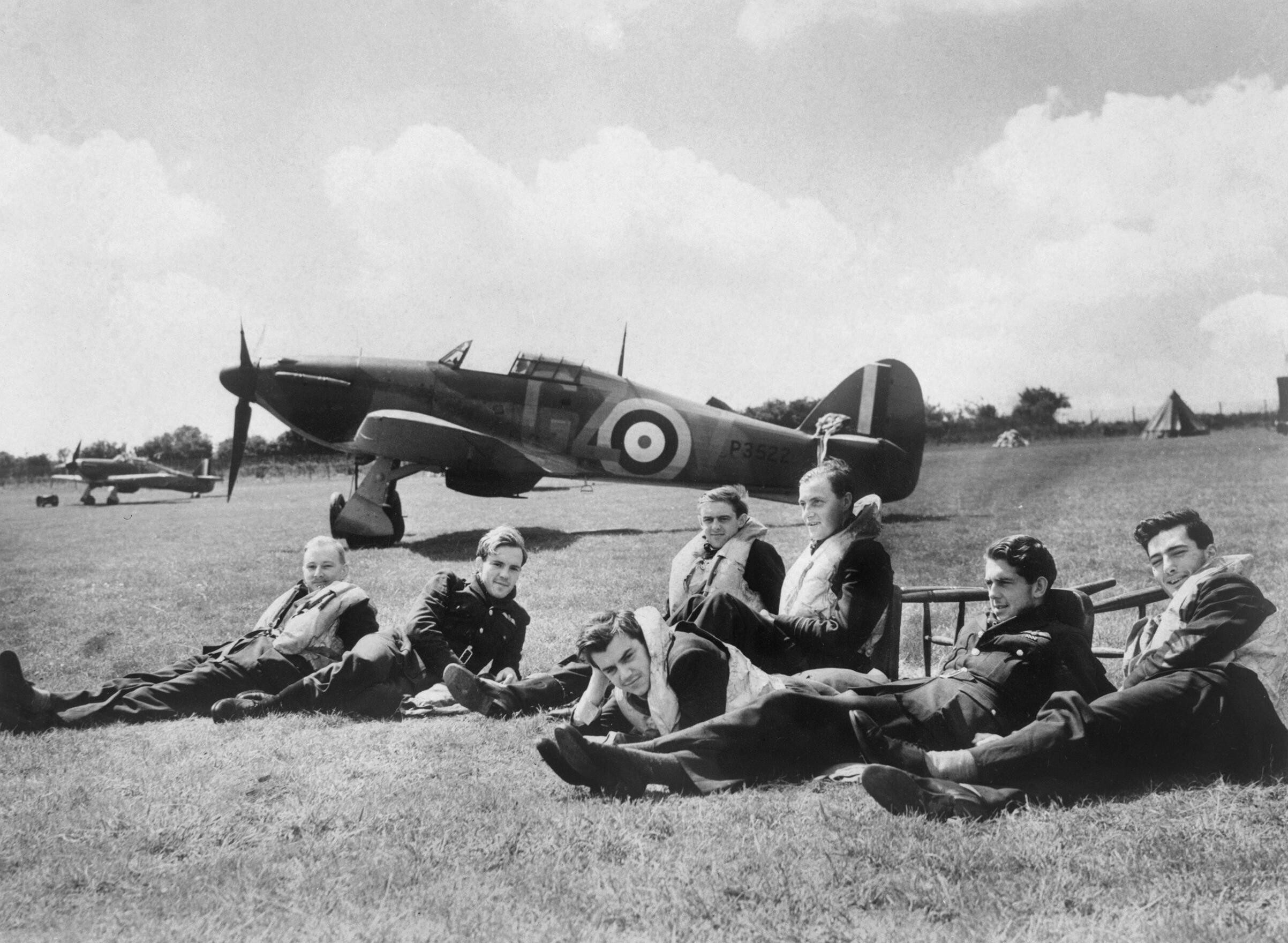 Unknown Author, Wikimedia Commons
Unknown Author, Wikimedia Commons
Civilian Resilience
Despite the devastation, British civilians demonstrated remarkable courage and perseverance. Many continued working, attending school, and maintaining a sense of normalcy even as their cities disintegrated around them.
 Unknown Author, Wikimedia Commons
Unknown Author, Wikimedia Commons
The Importance Of Industry
Germany aimed to cripple Britain’s industrial output by targeting factories, shipyards, and railway stations. However, British industry adapted by dispersing production and reinforcing key manufacturing centers.
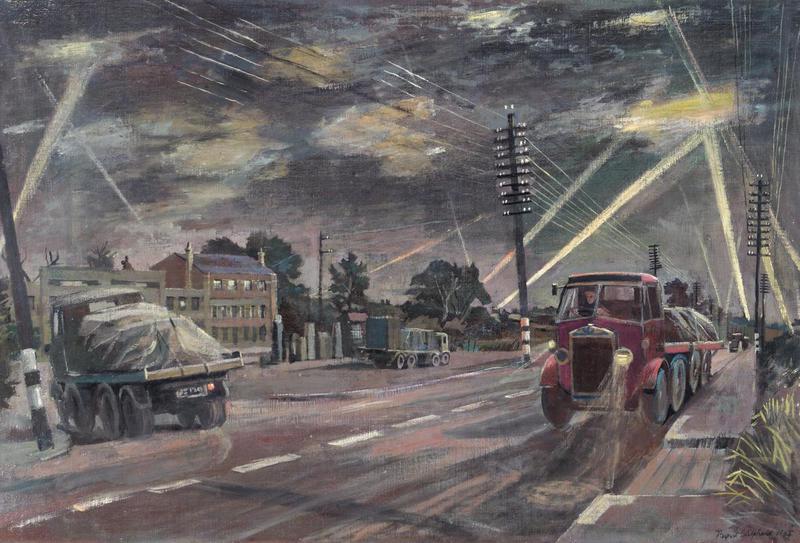 Rupert Shephard, Wikimedia Commons
Rupert Shephard, Wikimedia Commons

History's most fascinating stories and darkest secrets, delivered to your inbox daily.
Battles On Port Cities
The Luftwaffe focused heavily on port cities like Liverpool, Southampton, and Hull, attempting to disrupt supply chains. These battles threatened vital imports, but Britain’s naval defenses kept supply routes operational.
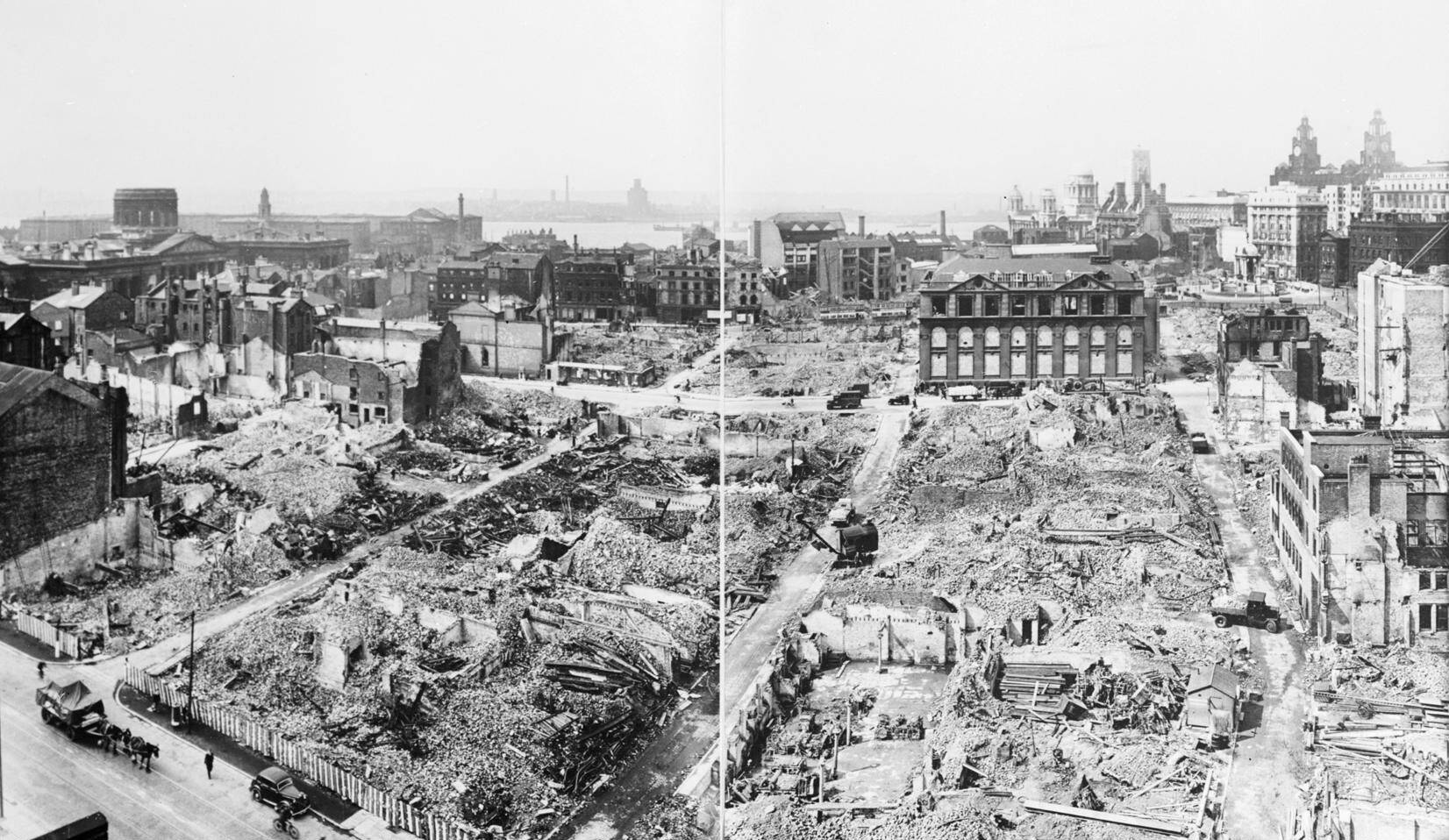 Ministry of Information Photo Division official photographer, Wikimedia Commons
Ministry of Information Photo Division official photographer, Wikimedia Commons
The Coventry Raid
On November 14, 1940, the German Air Force launched one of its most infamous battles against Coventry. The city’s medieval cathedral was destroyed, and much of its industrial sector was left in ruins.
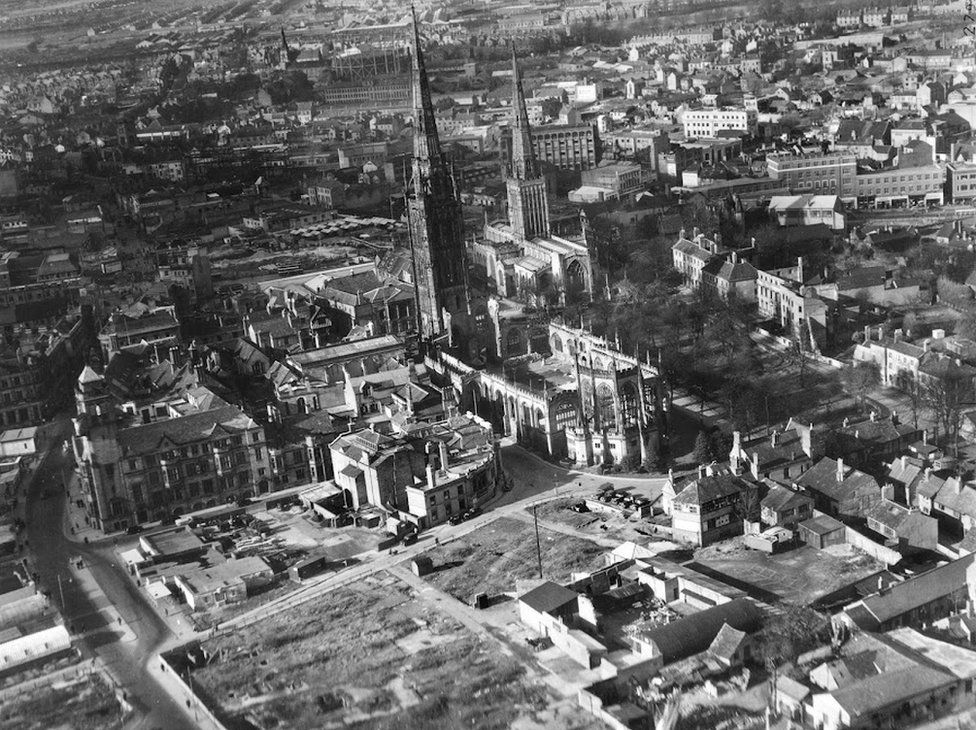 Unknown Author, Wikimedia Commons
Unknown Author, Wikimedia Commons
Firestorms And Destruction
Many battles resulted in massive fires, as incendiary devices ignited entire city blocks. The Second Great Fire of London, on December 29, 1940, destroyed thousands of buildings in the capital.
The Psychological Impact
Though fear and exhaustion took a heavy toll, British morale remained surprisingly strong. Government messaging and community support played key roles in keeping spirits high.
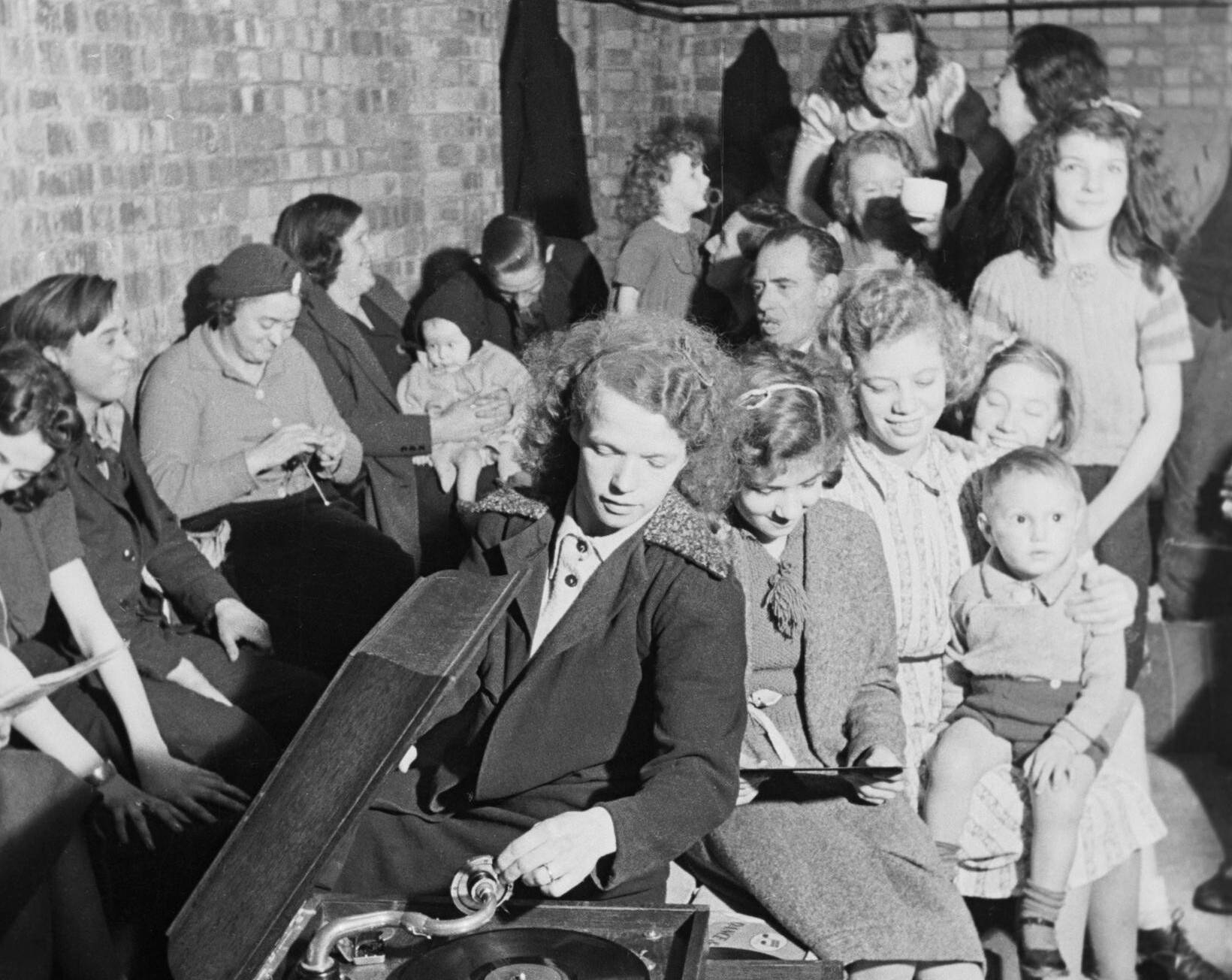 Ministry of Information Photo Division Photographer, Wikimedia Commons
Ministry of Information Photo Division Photographer, Wikimedia Commons
The Role Of Winston Churchill
Prime Minister Winston Churchill became a symbol of resistance during the Blitz. His speeches, including the famous "We shall never surrender" address, inspired citizens to remain steadfast in the face of destruction.
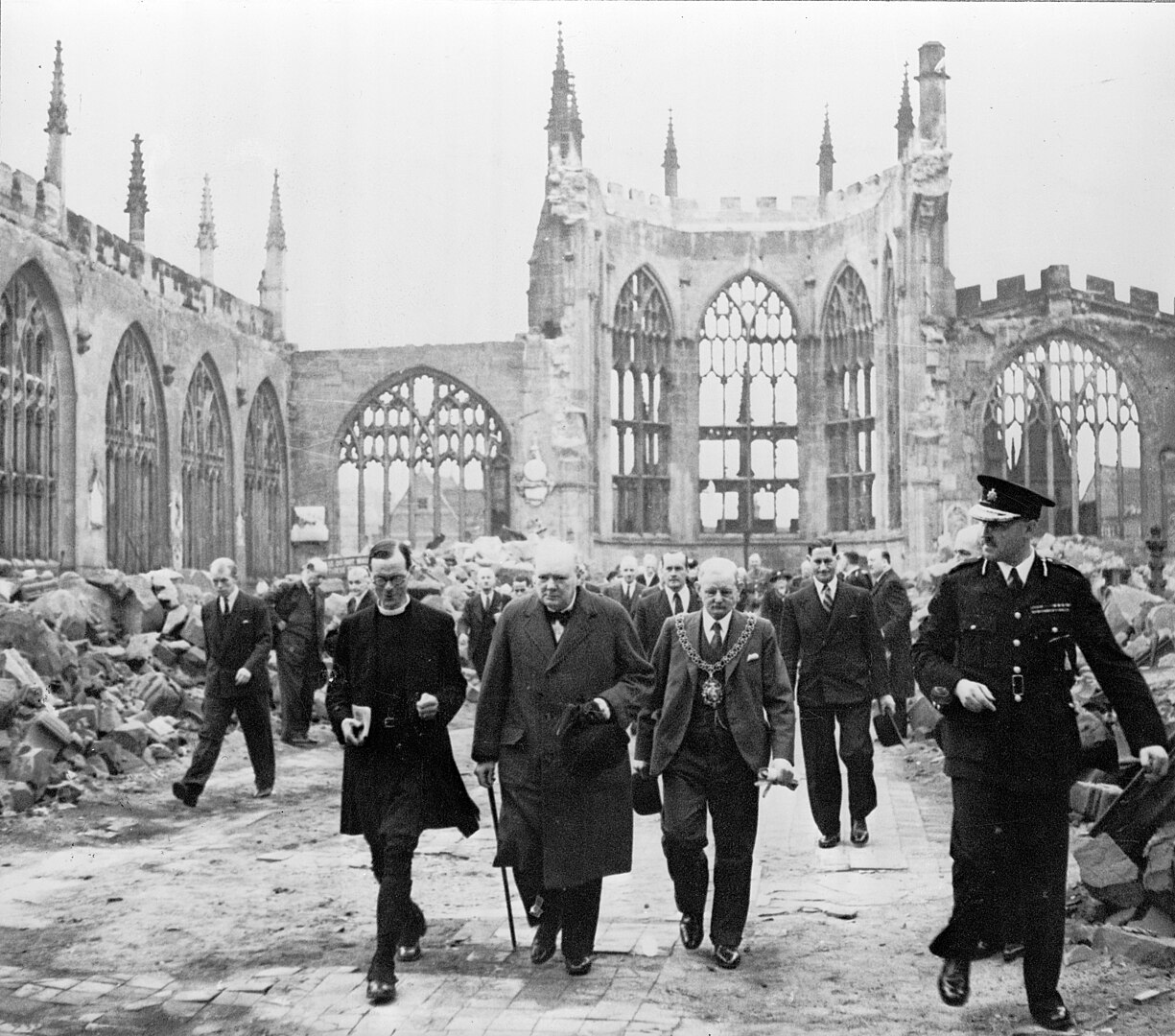 William George Horton, Wikimedia Commons
William George Horton, Wikimedia Commons
The Underground Shelters
Londoners sought safety in the city’s underground stations, which quickly turned into makeshift homes. Entire families spent nights in crowded tunnels, hoping to avoid the destruction above.
 Unknown Author, Wikimedia Commons
Unknown Author, Wikimedia Commons
The Anderson And Morrison Shelters
The British government distributed Anderson and Morrison shelters to protect civilians from falling debris. While Anderson shelters were built outdoors, Morrison shelters could be used inside homes.
 Ministry of Information Photo Division Photographer, Wikimedia Commons
Ministry of Information Photo Division Photographer, Wikimedia Commons
The Role Of Air Raid Wardens
Thousands of civilians volunteered as air raid wardens, patrolling neighborhoods to enforce blackout rules and assist those in need. Their efforts saved countless lives by ensuring quick responses to emergencies.
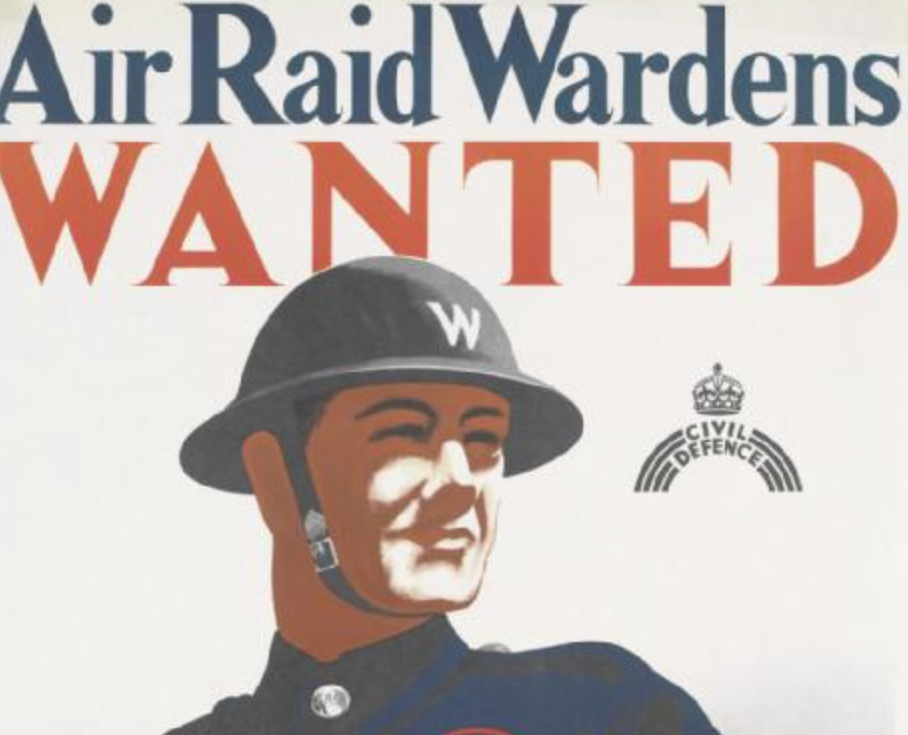 Bacon, Cecil Walter (artist), Wikimedia Commons
Bacon, Cecil Walter (artist), Wikimedia Commons
The Firefighters Of The Blitz
Firefighters worked tirelessly to control the blazes that followed air raids. Many stations were overwhelmed, forcing crews to make difficult choices about which fires to fight first.
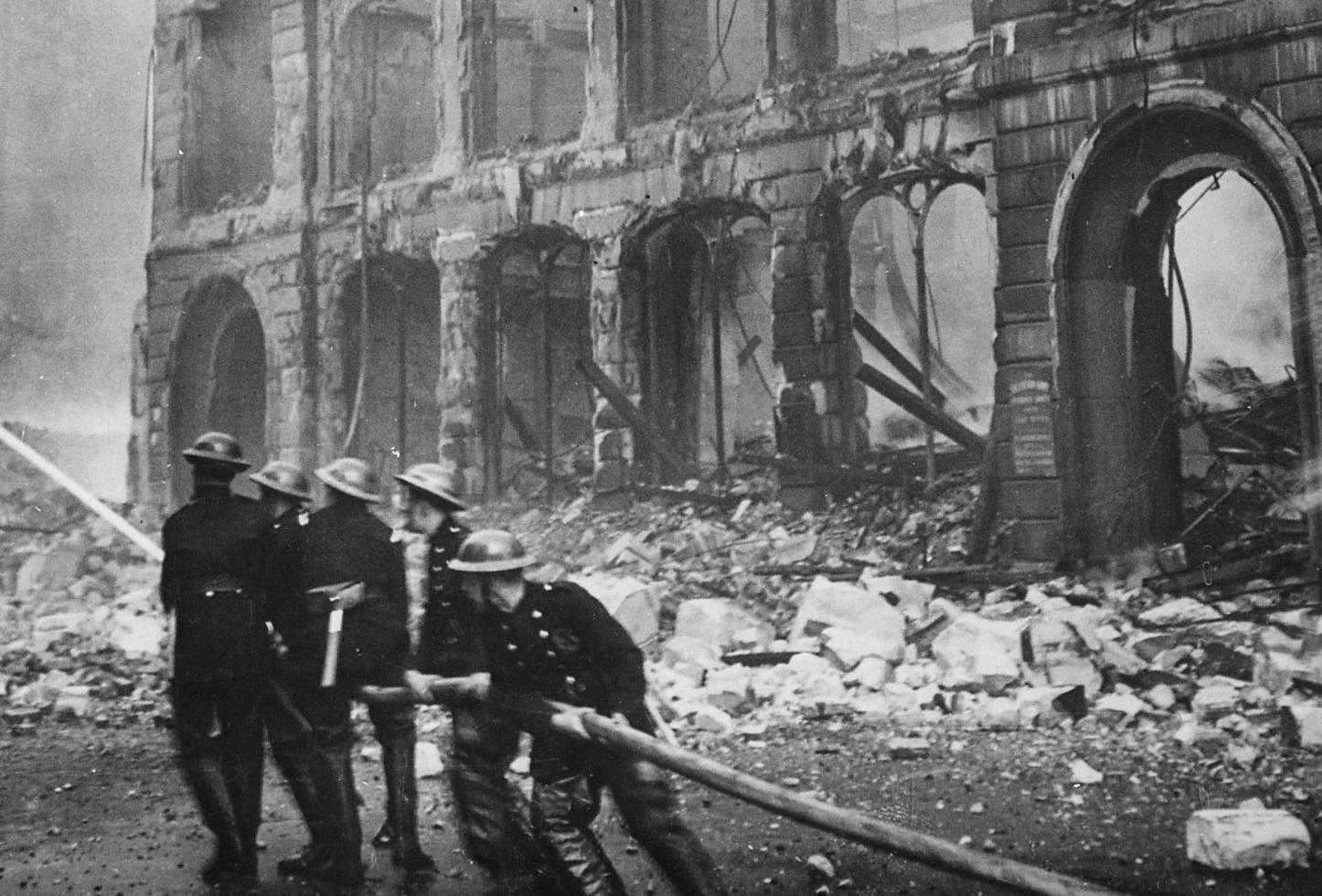 New York Times Paris Bureau Collection, Wikimedia Commons
New York Times Paris Bureau Collection, Wikimedia Commons
The Blitz Spirit
The idea of the "Blitz Spirit" became a defining feature of British identity, symbolizing endurance in the face of hardship. Communities came together to support one another, reinforcing national unity.
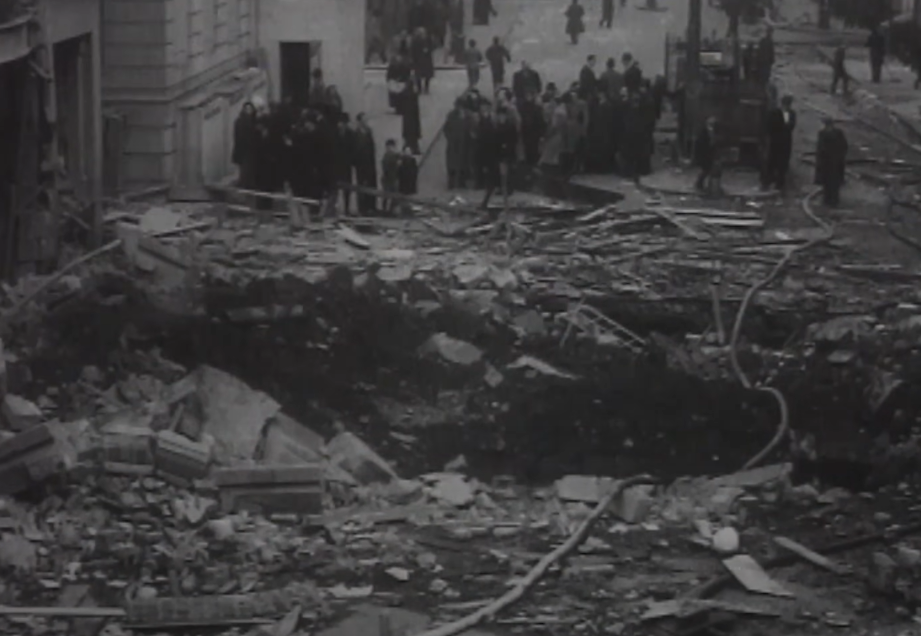 Reel2Reel Films, Stories from the Blitz (2021)
Reel2Reel Films, Stories from the Blitz (2021)
The Belfast Raids
On April 15, 1941, Belfast suffered one of the most aggressive battles of the Blitz. Nearly 1,000 civilians were killed, making it one of the worst single-night air raids in the UK.
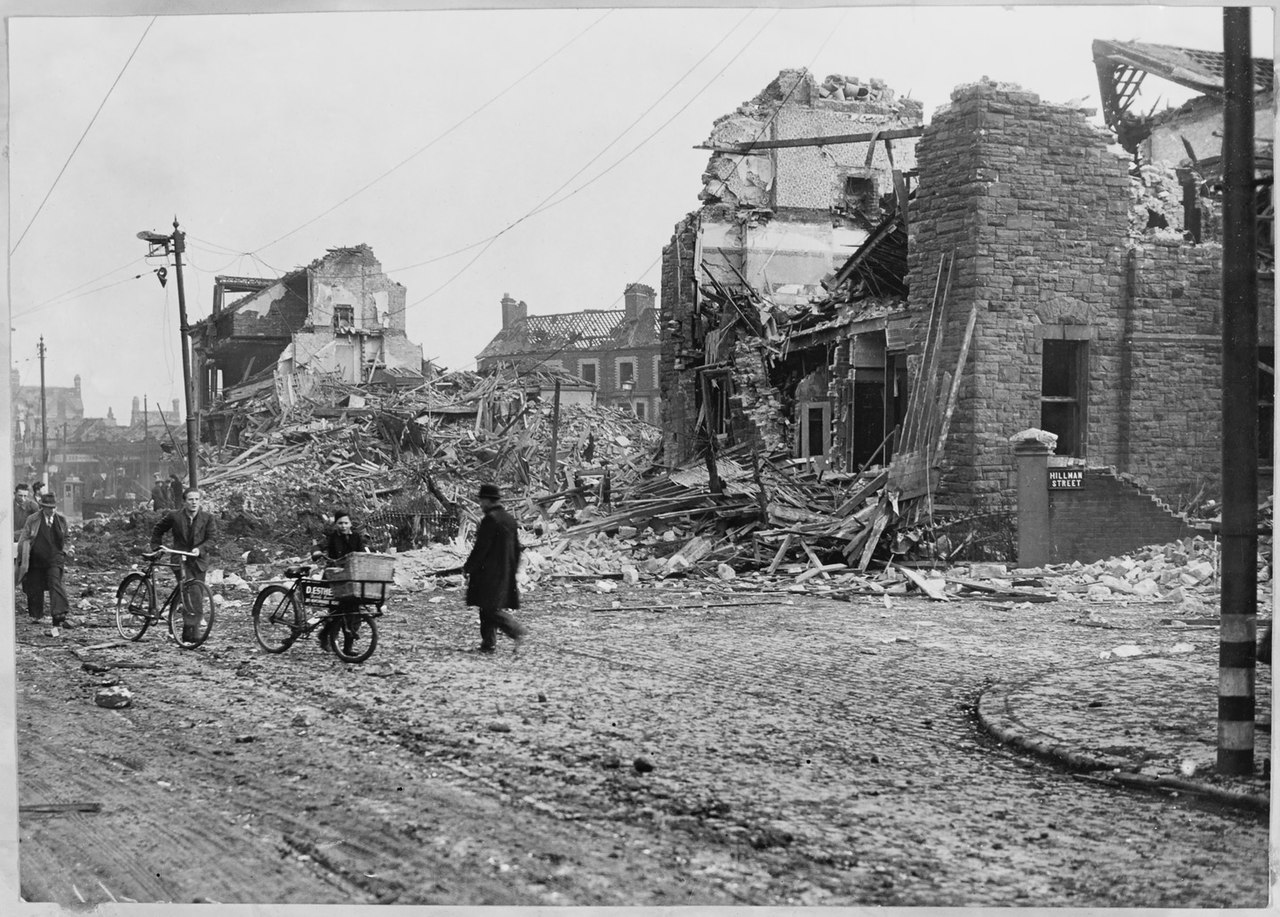 Public Record Office of Northern Ireland, Wikimedia Commons
Public Record Office of Northern Ireland, Wikimedia Commons
The Plymouth Raids
Plymouth, home to an important naval base, was repeatedly battled in 1941. Entire neighborhoods were destroyed, yet the Royal Navy continued to operate from the heavily damaged docks.
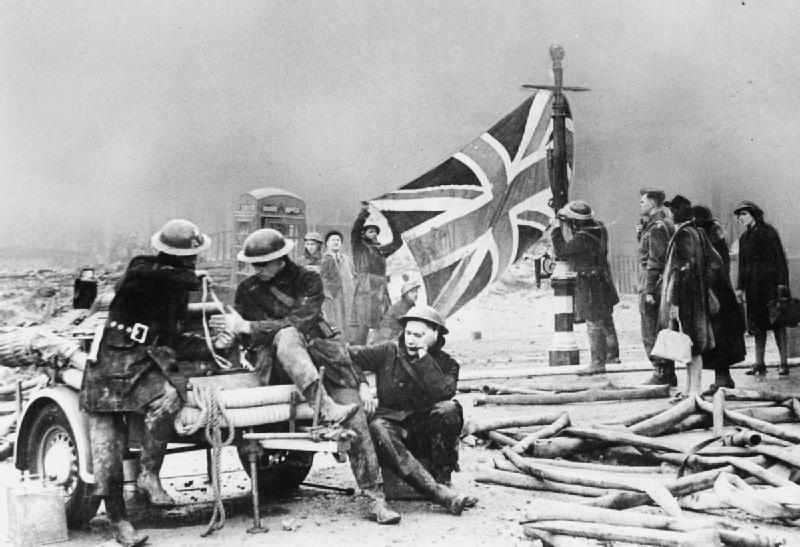 Unknown Author, Wikimedia Commons
Unknown Author, Wikimedia Commons
The Role Of Anti-Aircraft Defenses
Britain’s anti-aircraft defenses improved over time, with searchlights and radar helping to track incoming threats. However, many gunners struggled to hit fast-moving aircraft, especially at night.
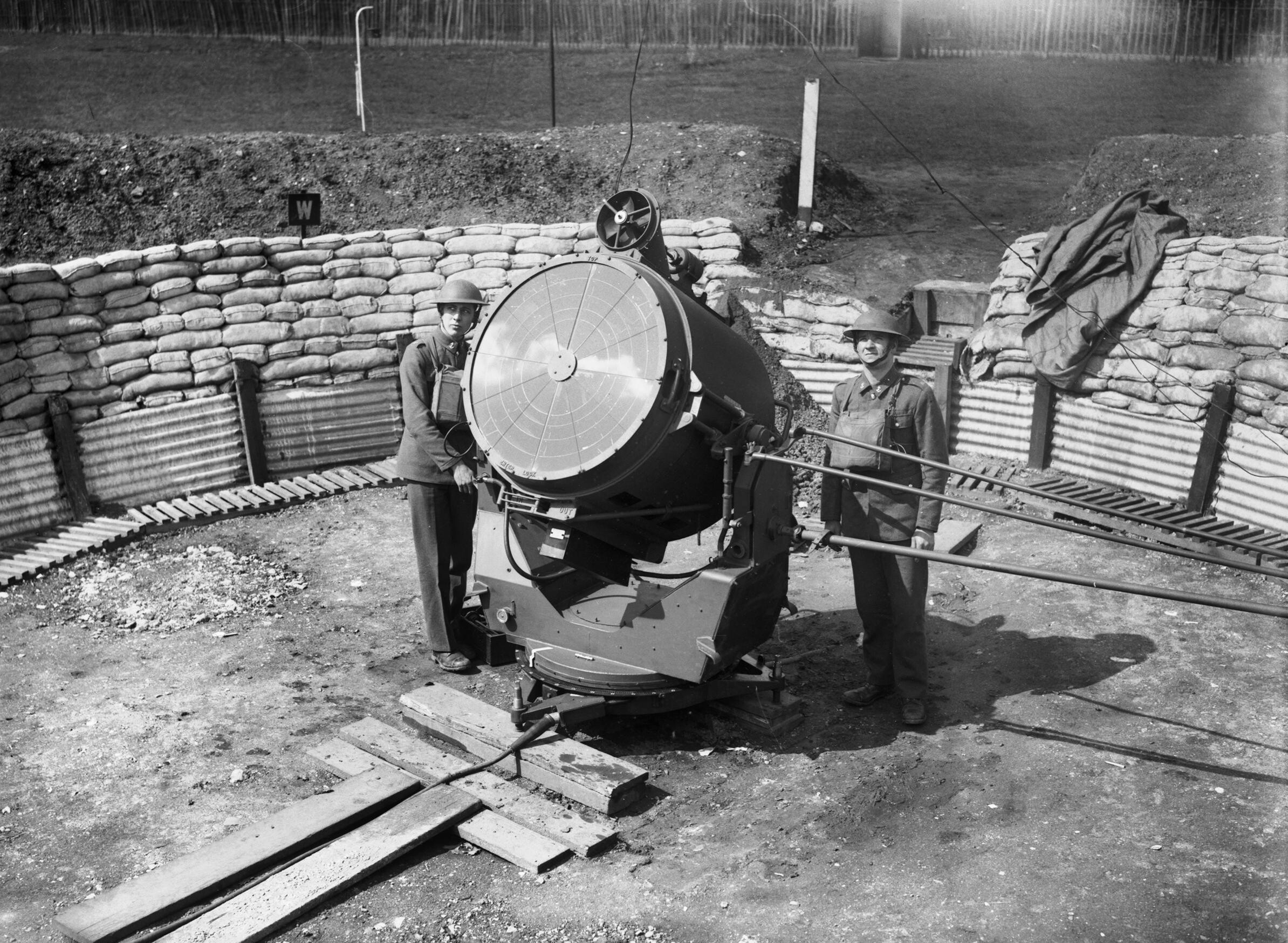 Console (Capt), Wikimedia Commons
Console (Capt), Wikimedia Commons
The Rise Of Radar Technology
Radar played a crucial role in early detection, giving Britain an advantage in defensive planning. By tracking Luftwaffe formations, the RAF could position fighter squadrons to intercept incoming raids.
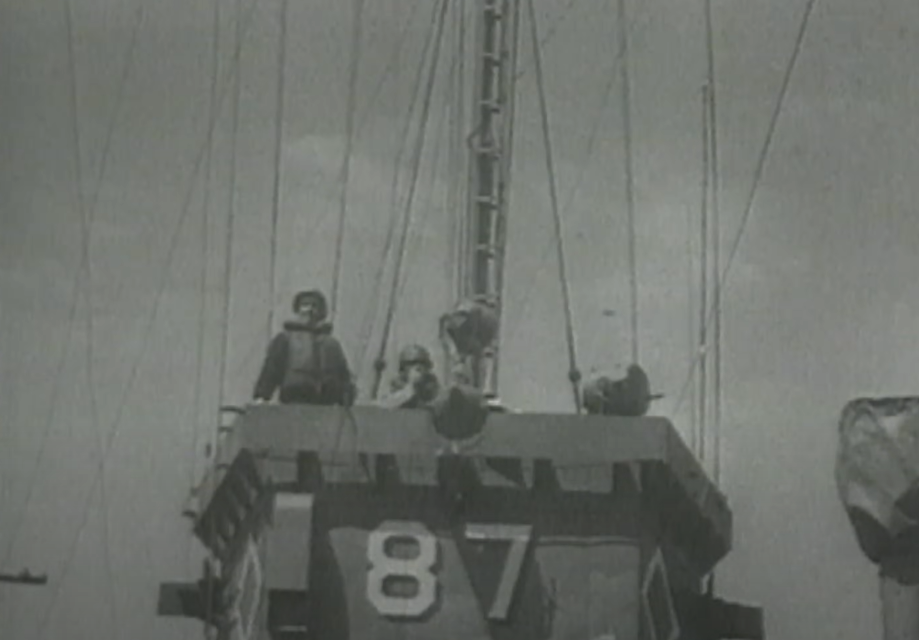 Reel2Reel Films, Stories from the Blitz (2021)
Reel2Reel Films, Stories from the Blitz (2021)
The Impact On Transportation
Railways, bridges, and ports were frequent targets, disrupting the movement of goods and people. Despite this, repairs were carried out rapidly to maintain supply lines.
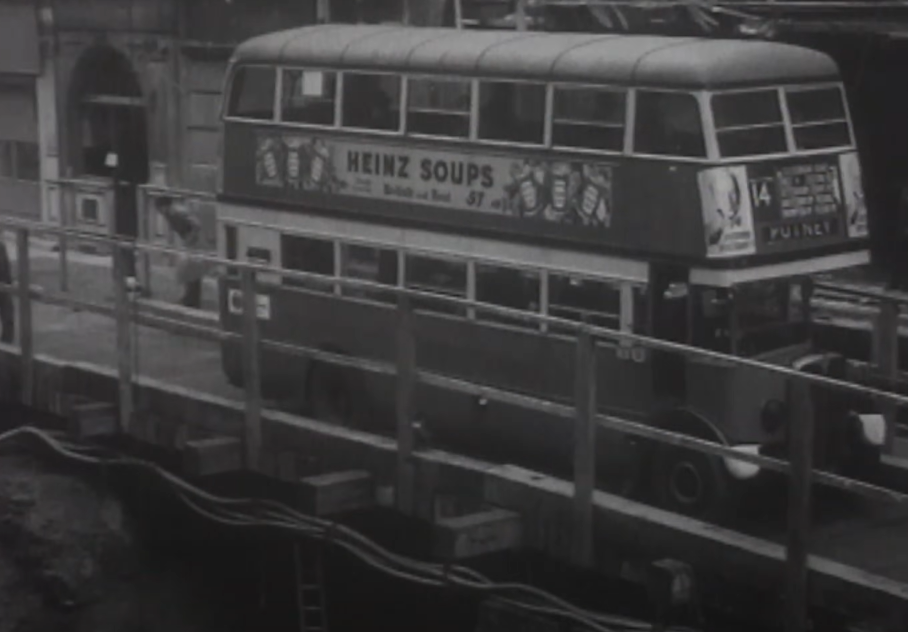 Reel2Reel Films, Stories from the Blitz (2021)
Reel2Reel Films, Stories from the Blitz (2021)
The Luftwaffe’s Mistakes
German air command struggled with intelligence failures, often battling civilian areas rather than military targets. This lack of precision weakened the effectiveness of their campaign.
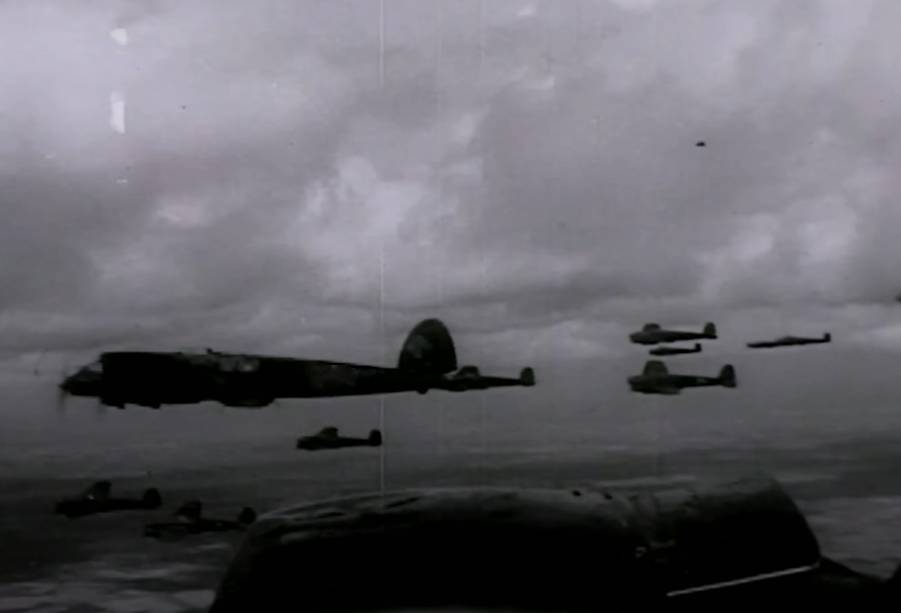 Reel2Reel Films, Stories from the Blitz (2021)
Reel2Reel Films, Stories from the Blitz (2021)
The Cost Of The Blitz
Over 40,000 British civilians lost their lives during the Blitz. Millions more were injured or displaced, leading to long-term hardship across the country.
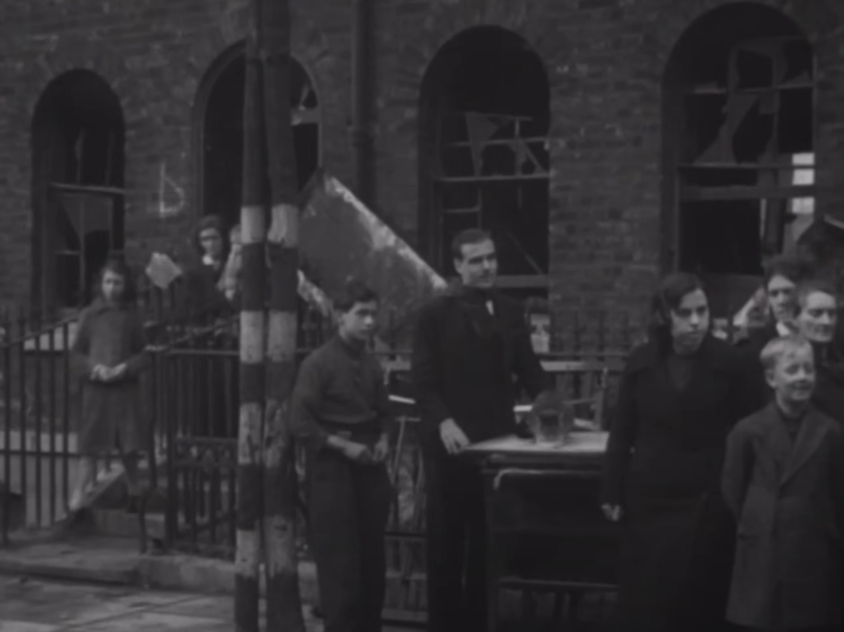 Reel2Reel Films, Stories from the Blitz (2021)
Reel2Reel Films, Stories from the Blitz (2021)
The Role Of Women
Women played a vital role in the battle effort, taking on jobs as firefighters, ambulance drivers, and factory workers. Their contributions helped keep Britain’s economy and defense systems running.
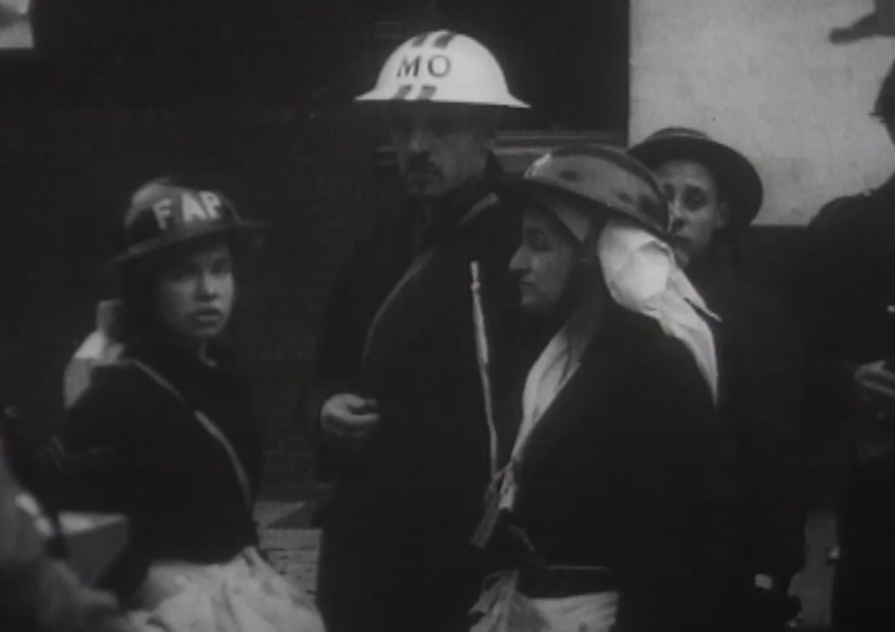 Reel2Reel Films, Stories from the Blitz (2021)
Reel2Reel Films, Stories from the Blitz (2021)
The Impact On Children
Many children were evacuated from cities to the countryside for safety. Those who remained endured terrifying nights in shelters, often separated from their families.
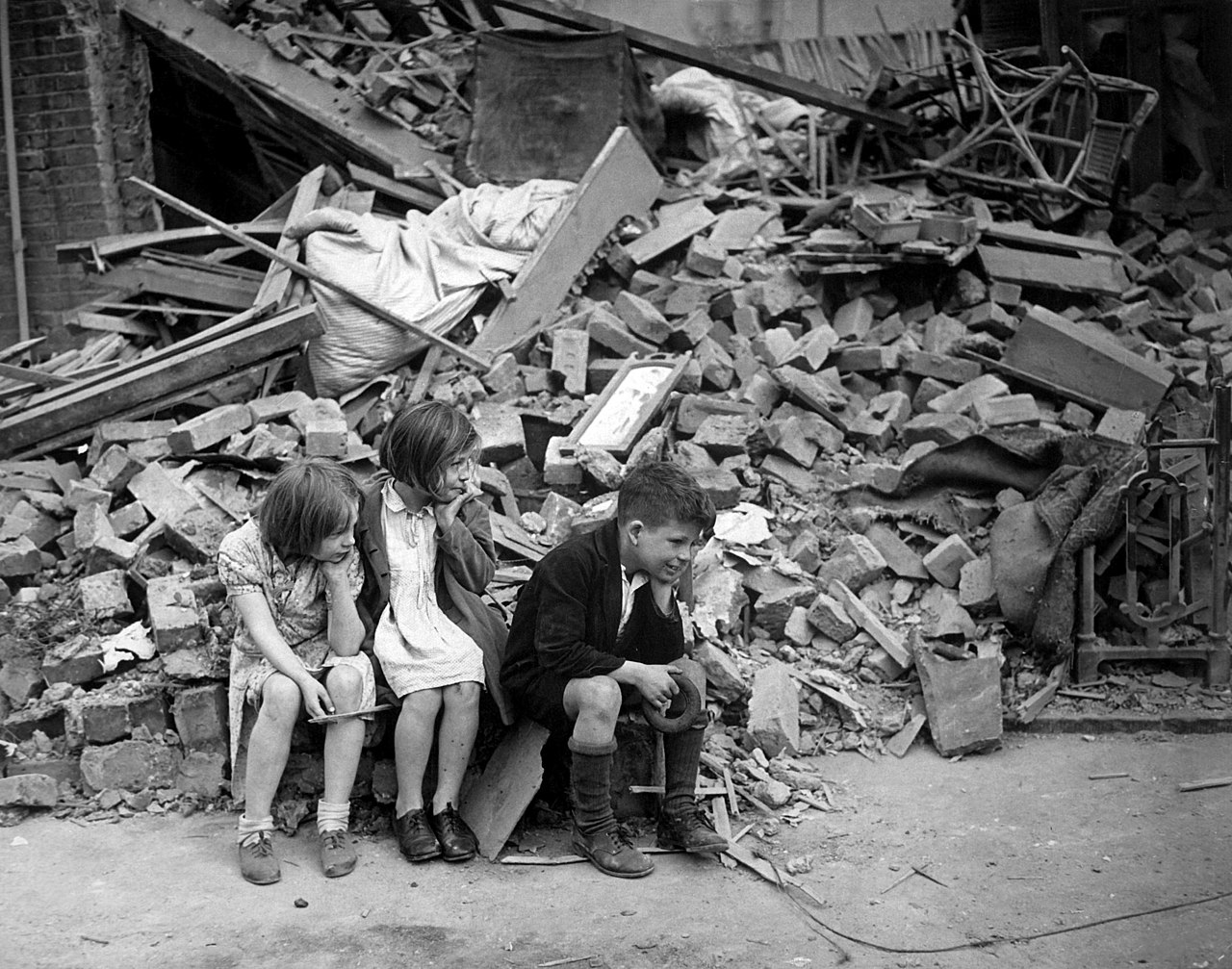 Sue Wallace, CC BY-SA 2.0, Wikimedia Commons
Sue Wallace, CC BY-SA 2.0, Wikimedia Commons
The Blackout Regulations
Strict blackout rules required citizens to cover windows and minimize outdoor lighting. This made it harder for German aircraft to locate targets, reducing the effectiveness of nighttime raids.
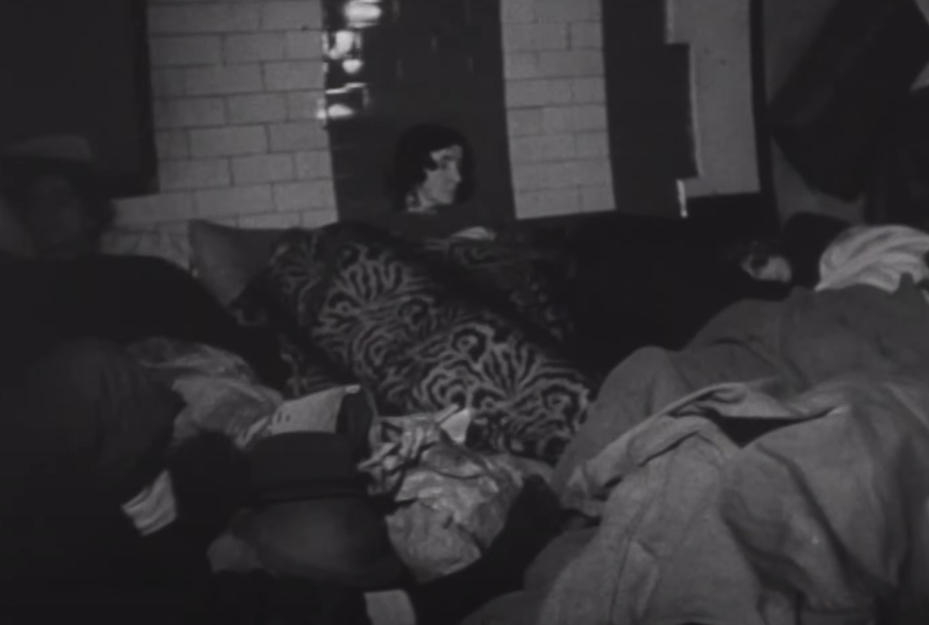 Reel2Reel Films, Stories from the Blitz (2021)
Reel2Reel Films, Stories from the Blitz (2021)
The Use Of Propaganda
Both Britain and Germany used propaganda to shape public perception of the Blitz. British media emphasized resilience, while German leaders exaggerated the damage inflicted.
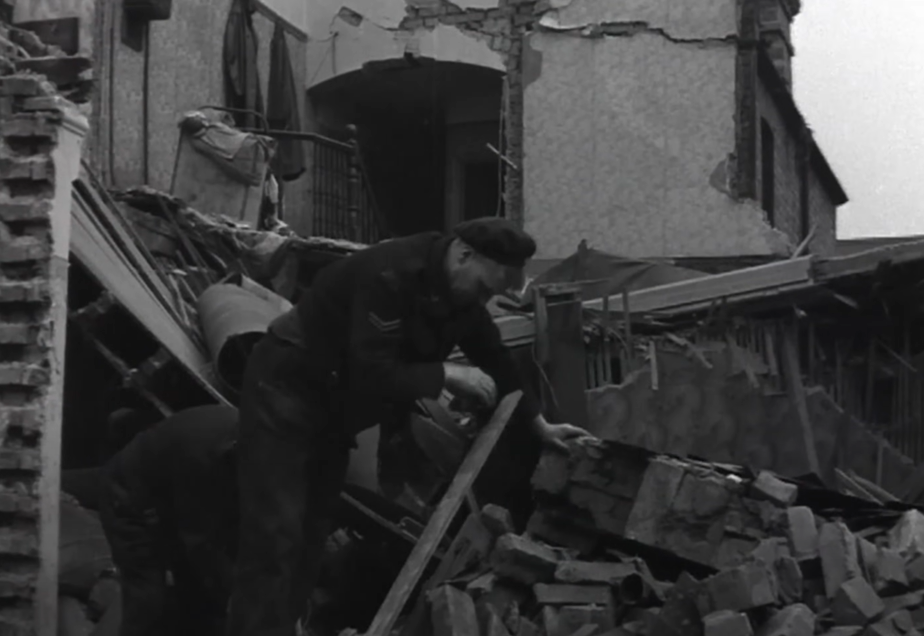 Reel2Reel Films, Stories from the Blitz (2021)
Reel2Reel Films, Stories from the Blitz (2021)
The Italian Involvement
Italy participated in the Blitz by sending its own aircraft to join German operations. However, their role was limited and had little impact on the overall campaign.
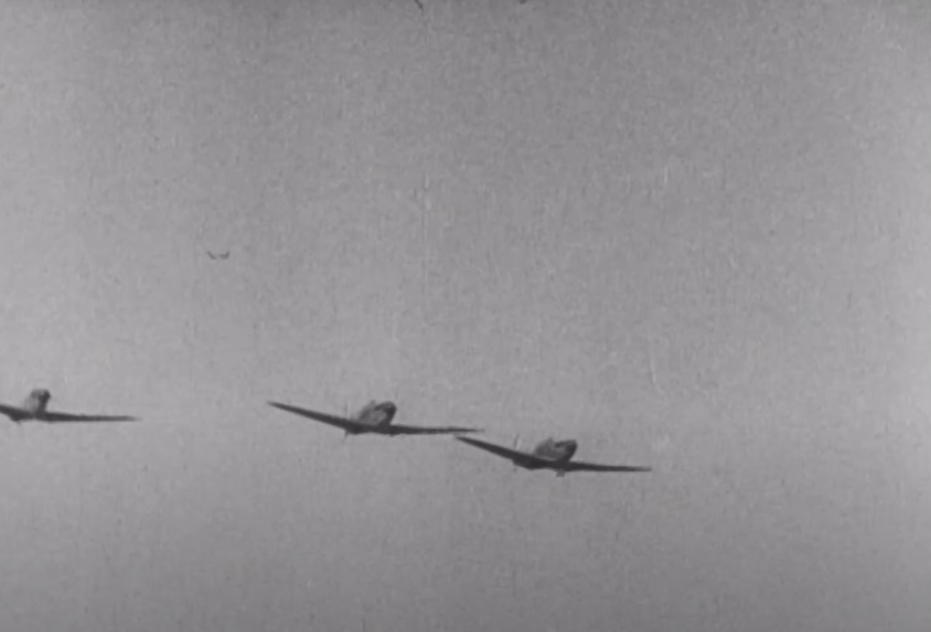 Reel2Reel Films, Stories from the Blitz (2021)
Reel2Reel Films, Stories from the Blitz (2021)
The Final Night Raids
By early May 1941, Germany launched some of its final major air raids over Britain. London and other cities suffered heavy damage, but the Luftwaffe's campaign was nearing its end.
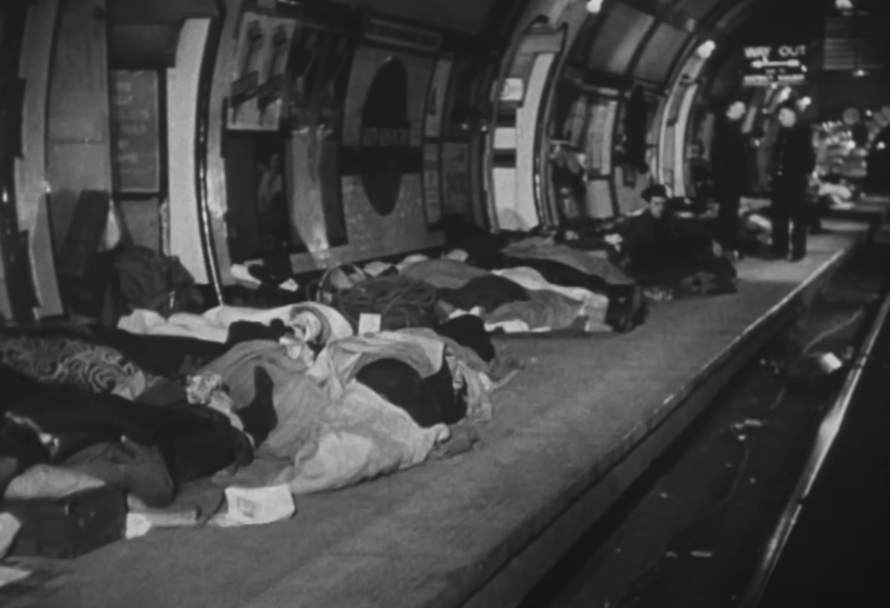 Reel2Reel Films, Stories from the Blitz (2021)
Reel2Reel Films, Stories from the Blitz (2021)
The End Of The Blitz
By May 1941, the Luftwaffe shifted focus toward the Soviet Union, bringing the Blitz to an end. Germany’s failure to break British morale marked a strategic defeat.
 Reel2Reel Films, Stories from the Blitz (2021)
Reel2Reel Films, Stories from the Blitz (2021)
The Aftermath
Despite widespread destruction, Britain’s industrial and armed force capabilities remained intact. Reconstruction efforts began almost immediately, as cities worked to rebuild what had been lost.
 Reel2Reel Films, Stories from the Blitz (2021)
Reel2Reel Films, Stories from the Blitz (2021)
Lessons For Future
The Blitz demonstrated the power of aerial campaigns and influenced future strategies. It also highlighted the importance of civilian preparedness and resilience.
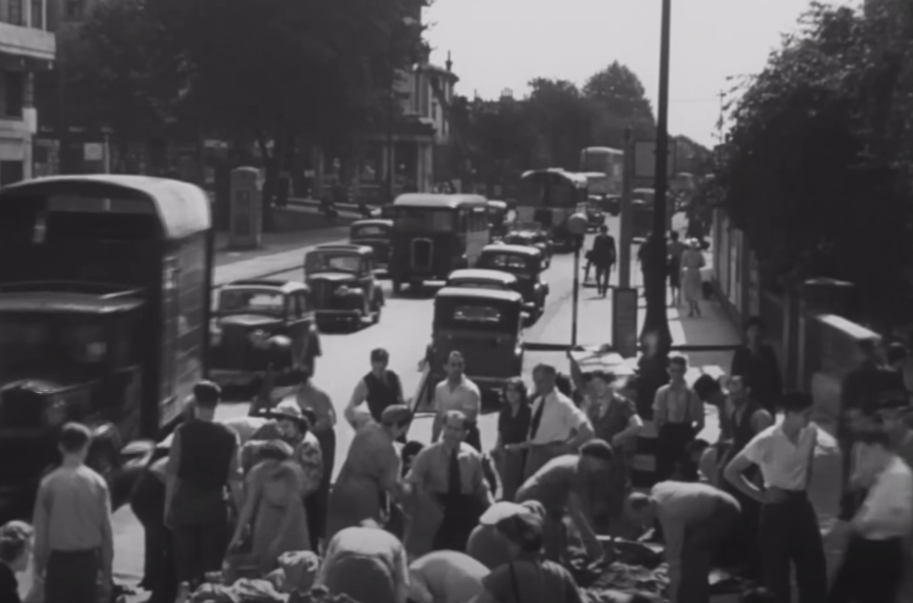 Reel2Reel Films, Stories from the Blitz (2021)
Reel2Reel Films, Stories from the Blitz (2021)
The Rebuilding Efforts
After the battle, Britain embarked on extensive reconstruction projects to restore damaged neighborhoods. Many historic sites, including Coventry Cathedral, were rebuilt as symbols of resilience.
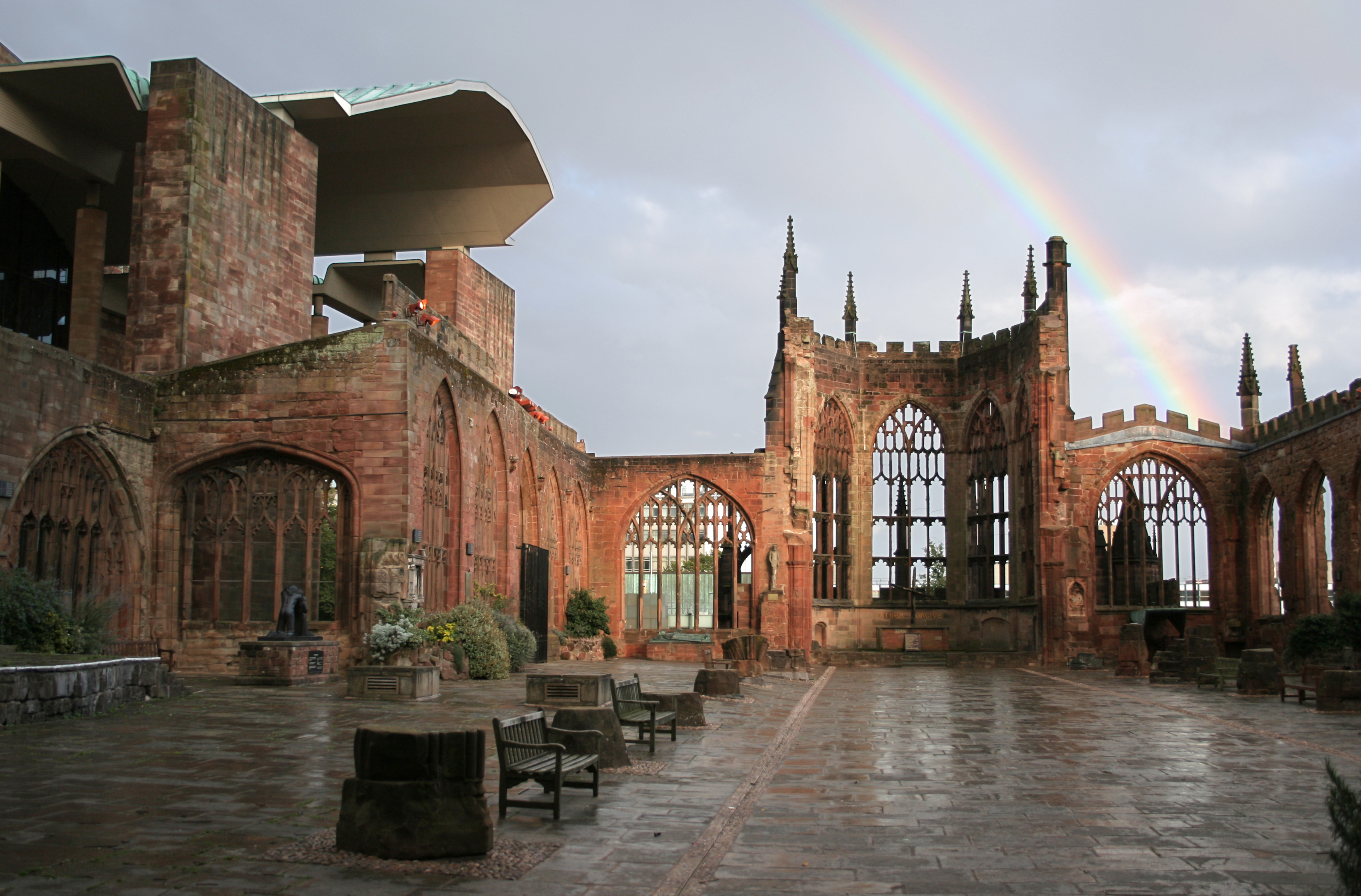 Andrew Walker (walker44), CC BY-SA 3.0, Wikimedia Commons
Andrew Walker (walker44), CC BY-SA 3.0, Wikimedia Commons
The Blitz In Popular Culture
Books, films, and documentaries continue to depict the Blitz as a pivotal moment in British history. Stories of heroism and survival have cemented its legacy in the public imagination.
The Role Of Foreign Correspondents
Journalists from around the world reported on the Blitz, bringing international attention to Britain’s struggle. Their coverage helped garner sympathy and support, particularly from the United States.
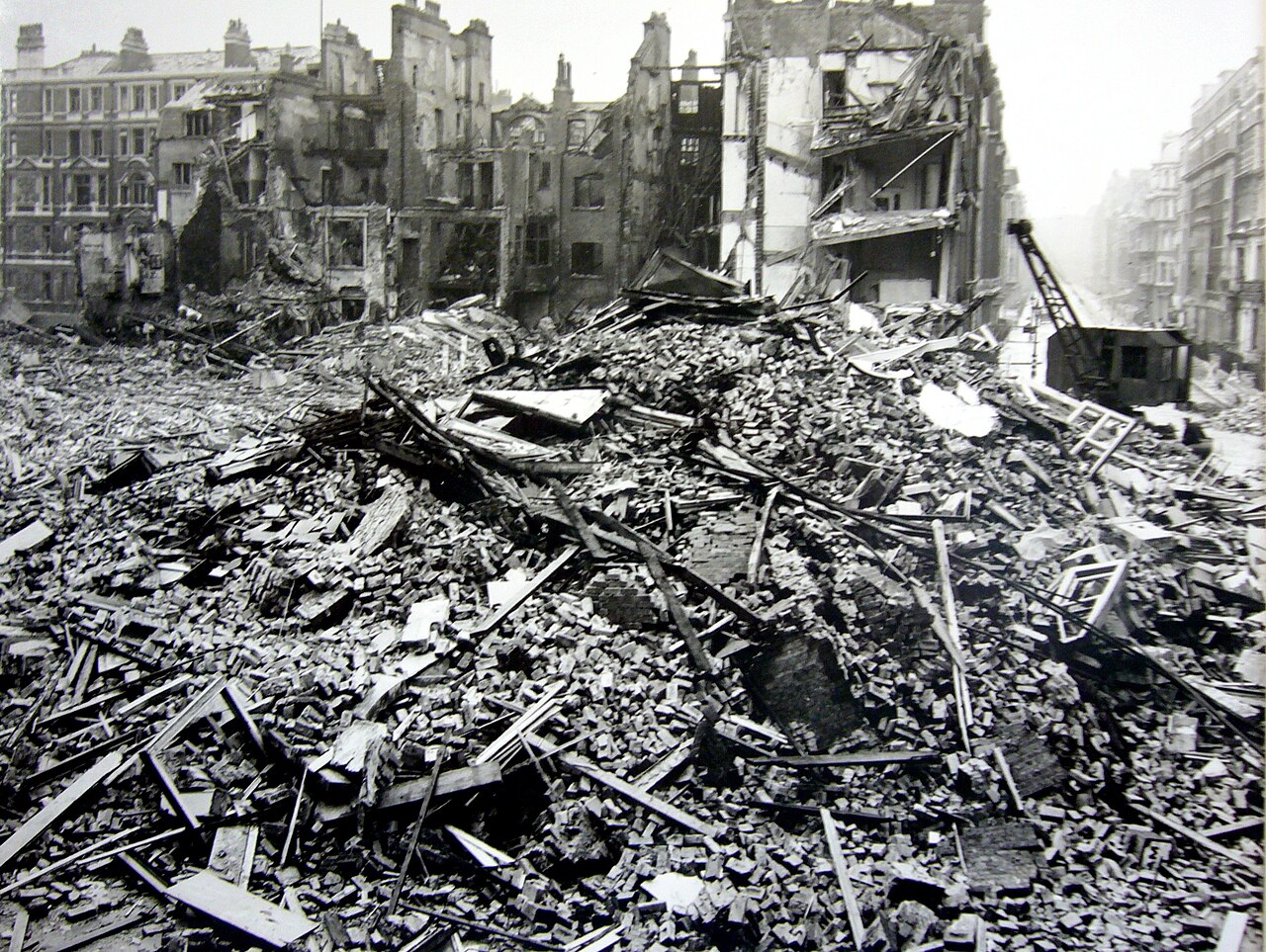 City of Westminster Archives Centre, CC BY-SA 3.0, Wikimedia Commons
City of Westminster Archives Centre, CC BY-SA 3.0, Wikimedia Commons
The Shift To V-Weapon
After the Blitz ended, Germany later resumed its aerial campaign with the launch of V-1 and V-2. These long-range battles continued to target London, though they lacked the intensity of the earlier raids.
 Lysiak, CC-BY-SA 3.0, CC BY-SA 3.0 DE, Wikimedia Commons
Lysiak, CC-BY-SA 3.0, CC BY-SA 3.0 DE, Wikimedia Commons
A Legacy Of Strength
The Blitz remains a powerful symbol of British endurance. It stands as a testament to the courage and resilience of those who lived through one of the darkest periods in the nation’s history—and an inspiration for those facing troubled times today.
You May Also Like:
The Most Crucial Turning Points Of WWII
The Most Important Events Of WWI
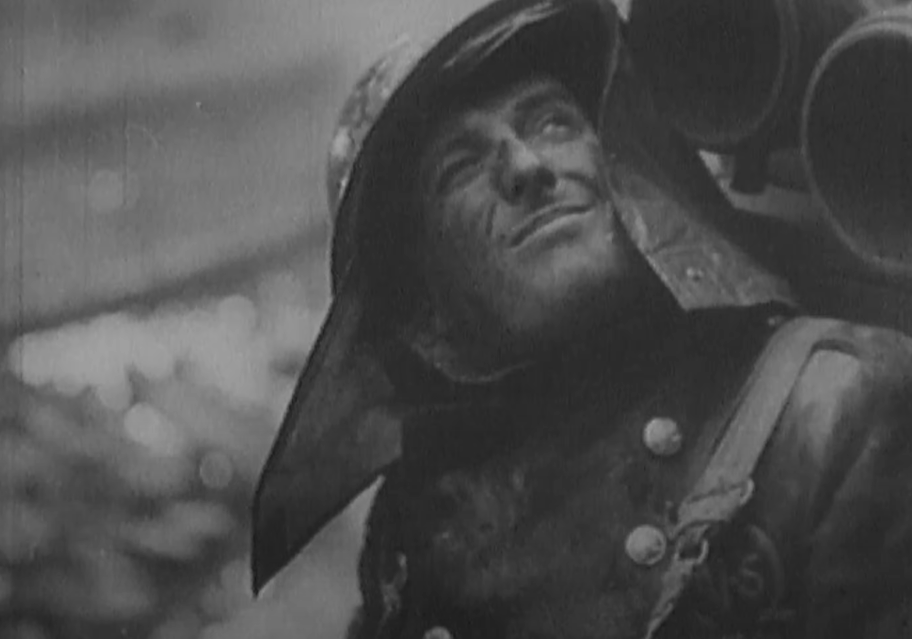 Reel2Reel Films, Stories from the Blitz (2021)
Reel2Reel Films, Stories from the Blitz (2021)
Sources: 1


